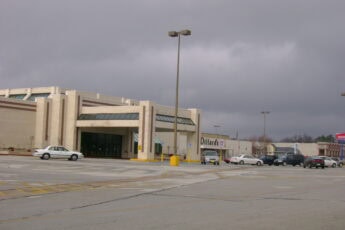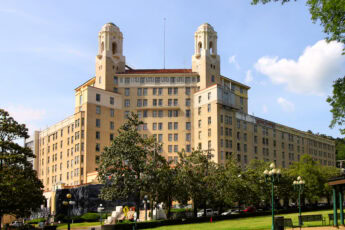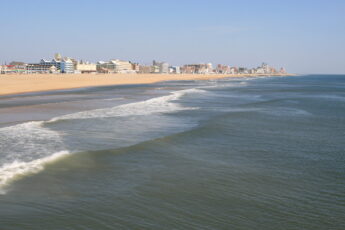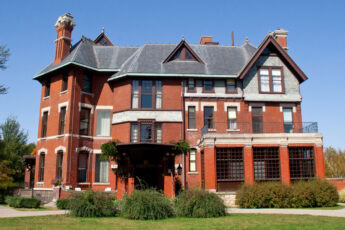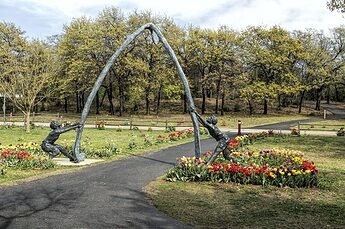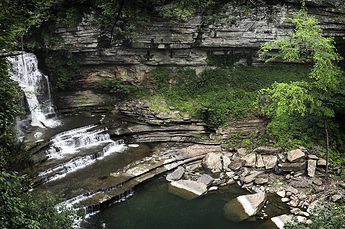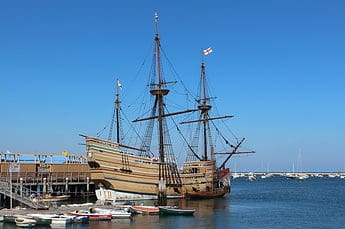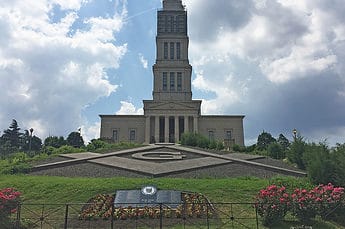Why Fayetteville Works for Free Time
There's something about Fayetteville that slows the clock down, without making it feel like nothing's happening.
You can walk a trail at 8 a.m., listen to live music before lunch, and be deep in aviation history by afternoon.
Whether you're looking for clear air, green space, or a quiet patch of sidewalk to watch the town go by, things to do in Arkansas tend to cluster right here. They're close, easy to reach, and oddly varied.
A City Geared Toward Everyday Discovery
Fayetteville does not rely on a single attraction or headline site.
The structure of the city makes casual discovery easy.
Parks are embedded inside neighborhoods. Museums sit beside airfields or quiet streets.
The city built trails around lakes and across town, linking parts of Fayetteville that would otherwise stay disconnected.
From spring through fall, local festivals and markets fill the calendar.
The Fayetteville Farmers Market began in 1973 and remains active through November.
The Gulley Park Summer Concert Series pulls crowds with live music every other Thursday in the warmer months.
Bike Fayetteville, a city initiative since 2015, expanded trail access and widened sidewalks, making it easier to cross town without a car.
People visiting for one reason often find several more to stay.
The shape of the place lets that happen. The effort was gradual, but the result holds up.
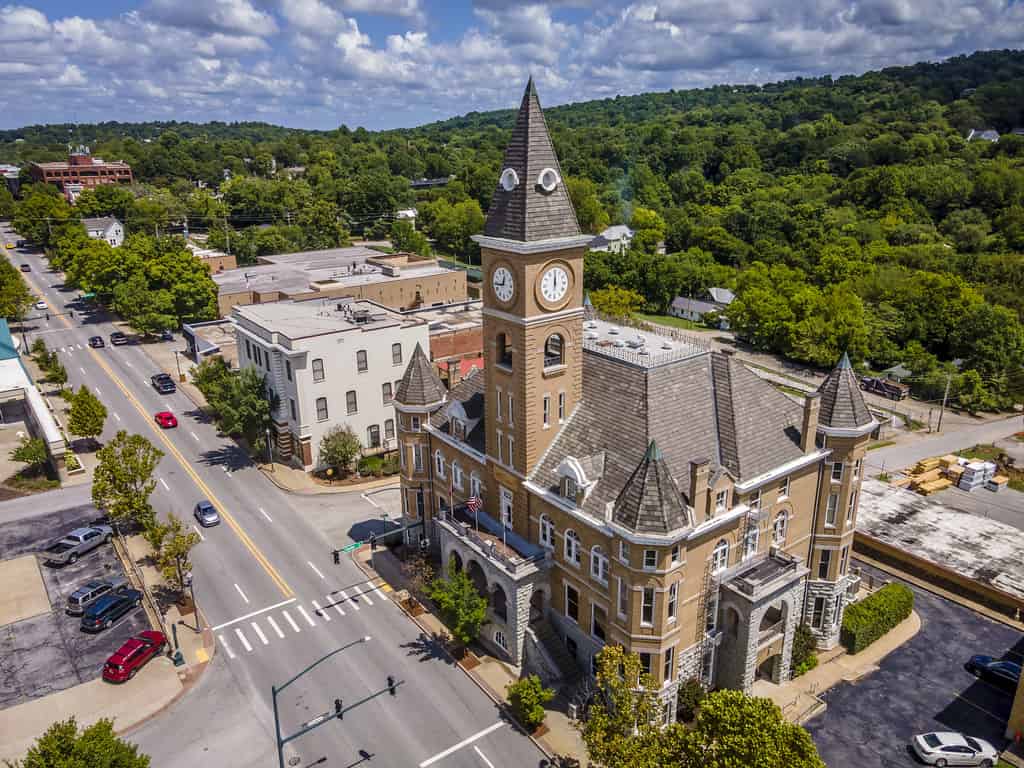
Lake Fayetteville Park: A Place That Moves
North of town, Lake Fayetteville stretches across 600 acres, split between water and wooded trails.
The paved loop wraps 4.5 miles around the lake. A second dirt trail branches off, is less polished, and is better for runners.
Softball fields mark the western edge. The disc golf course cuts through open space nearby.
Boats drift out from the small marina in warm months.
Everything overlaps, but nothing crowds. The park doesn't announce itself. People bike through on their way somewhere else, then stop and stay longer.
For anyone wondering what to do in Fayetteville on a clear day, it answers without trying.
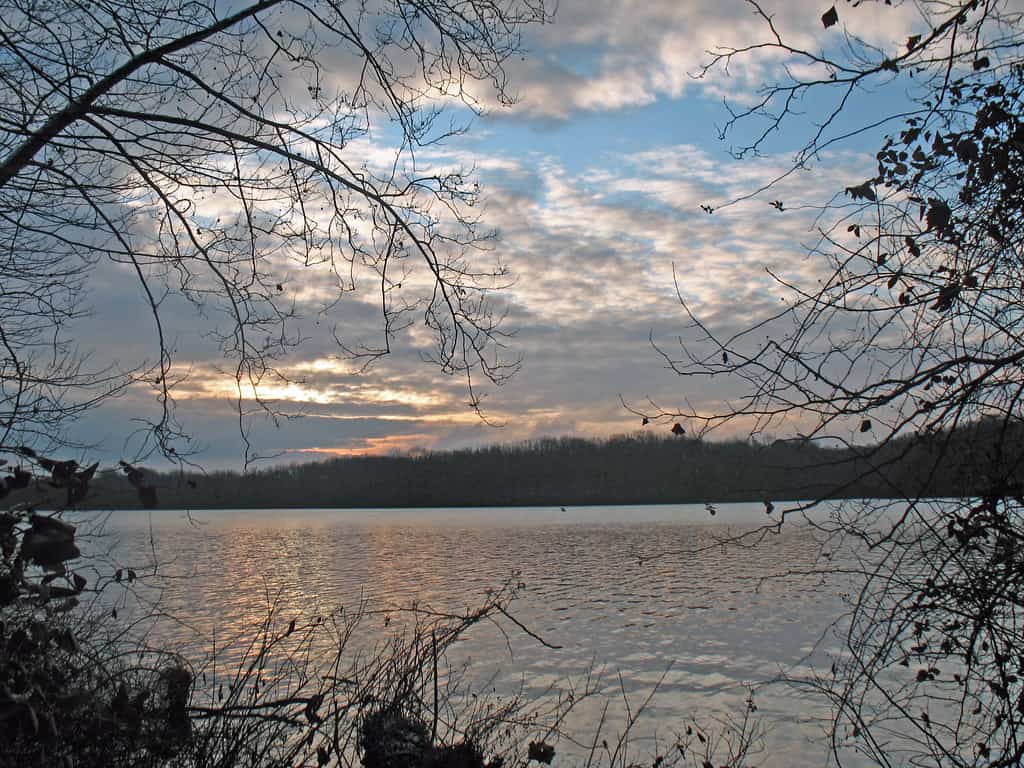
Botanical Garden of the Ozarks: Built for Use
The garden opened in 2007 with twelve planned plots and one goal: to stay rooted in Arkansas.
Local plants fill most of the space. A butterfly house, added in 2012, holds species that peak in summer.
But it's not built for posing. School groups run through.
Workshops cover composting and tree care. On Earth Day, it fills with folding chairs and lectures.
Its edge touches Lake Fayetteville, but inside, things are trimmed, tagged, and labeled.
It's still growing.
For people asking what to see in Fayetteville without slipping into a museum, the garden gives a clear answer: stay outside, but learn something.
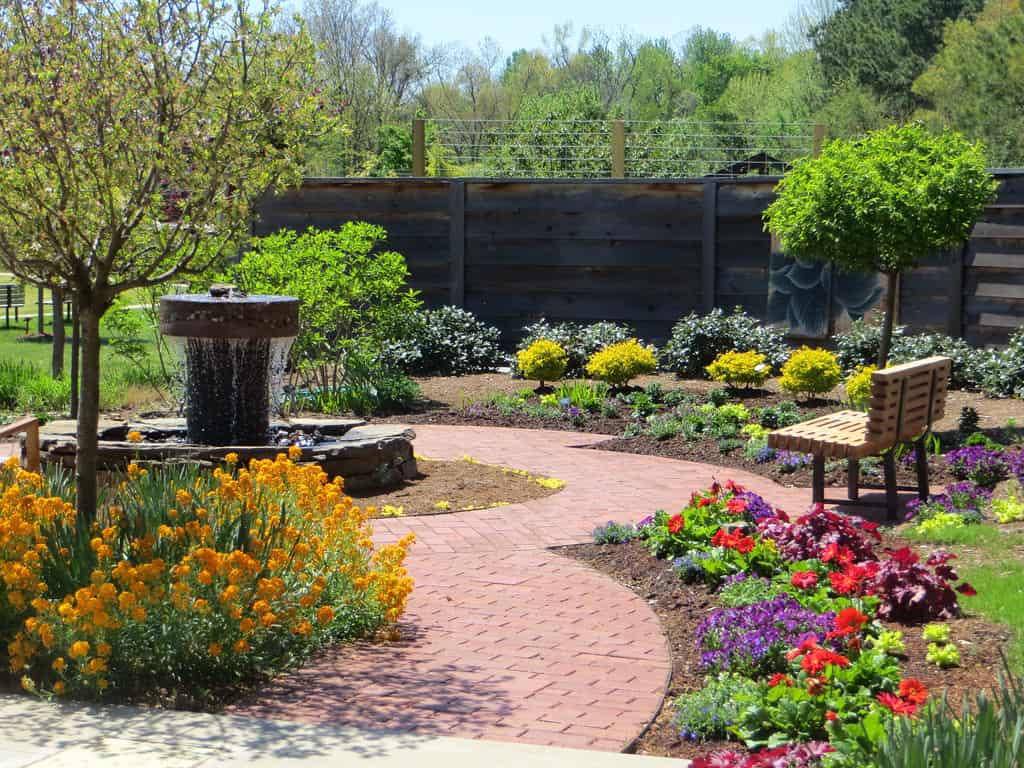
Wilson Park: Everything in Reach
Wilson Park has been here since 1906. Houses line its edges, and people cross through it without planning to stop.
A spring-fed pond sits in one corner. Tennis courts and a pool take up another area.
"The Castle" rises from the lawn near the playground, patched and painted over the years.
It doesn't feel curated. It feels used. You can see the seams in the sidewalks, the hand-built benches, the basketball net missing one loop.
Among places to visit in Fayetteville, Wilson Park doesn't market itself.
It's just there, which is why people keep using it.

Arkansas Air and Military Museum: Still Flying
The hangar at Drake Field was built from wood in the 1940s, and the planes inside still run.
This isn't a frozen-in-time display. The museum keeps working aircraft on the floor: a Learjet 23, a Vietnam-era Huey, a biplane with canvas wings.
Some are pulled outside and fired up. The rest sit under high beams, surrounded by uniforms, flight manuals, and radios built before the jet age.
The smell of oil sticks to the floorboards.
For anyone tracking real hardware or looking into attractions in Fayetteville tied to lived history, the museum doesn't need polish. It has the parts.

Clinton House Museum: Tight Quarters, Big Start
The house is small, built in the 1930s, set back from California Boulevard by half a lawn.
Inside, campaign posters from 1974 lean against paneled walls.
A replica wedding dress hangs in a glass case.
This was the Clintons' first house, and for a few years in the mid-70s, it held both of them and the beginnings of a campaign.
The museum opened in 2005. No roped-off rooms. No velvet stanchions. Just a low-roofed space with pieces that shaped later moves.
For anyone walking through Fayetteville's political past, this stop doesn't dramatize it.
It just leaves the door open.
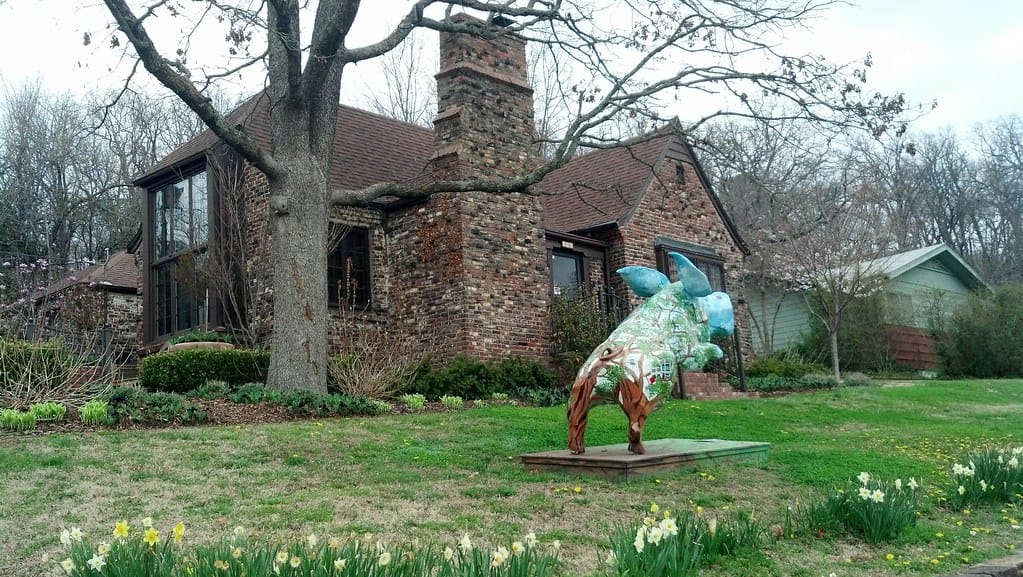
Dickson Street: Noise with Layers
Dickson Street doesn't go quiet. At 3 p.m., it's college students and coffee shops.
By 8, it's bass lines and stage lights. The Walton Arts Center anchors one end, with national acts and local shows flipping through the marquee.
TheatreSquared sits a block away, running year-round plays in a tight, modern space.
Bars run wall to wall, packed on game days. Some buildings date back a century, but the mood shifts by the hour.
If you're scanning for places to visit in Fayetteville that show the city in motion, Dickson gives you every version, compressed into a few blocks.
University of Arkansas: Center Without Borders
The University of Arkansas opened in 1871, set on a hill overlooking the city.
Old Main, its original building, still stands - red brick, twin towers, holding classrooms and long hallways that echo in winter.
But the campus spreads far beyond that. The Razorback Stadium fills on fall weekends. The Fine Arts Center runs exhibits in and out of term.
Students walk Dickson Street like it belongs to them, and for a while, it does.
If you're asking what to see in Fayetteville with some weight behind it, the university isn't hidden.
It shapes the city and spills past its gates.
Fayetteville Farmers Market: Square Goes Live
Since 1973, the Fayetteville Farmers Market has taken over the downtown square from April to November.
Farmers show up early. Banners hang from tents. Tables run with greens, squash, honey, and crafts made a few towns over.
By mid-morning, it's shoulder to shoulder. Music threads between booths - fiddle, banjo, sometimes nothing formal.
The rule is local: vendors must grow or make what they sell within 60 miles.
That keeps the scale tight.
For visitors sorting through things to do in Fayetteville, Arkansas, the market offers no tickets, no entrance, and no polish.
You show up, walk the square, and see what's growing.
Mount Sequoyah: Clear Views, Quiet Ground
Mount Sequoyah rises just east of downtown, high enough to catch the full spread of the Ozarks.
The area began as a Methodist retreat in 1922 and still runs as a nonprofit center, but its trails, cottages, and overlook stay open to the public.
From the stone cross, you can see Dickson's lights flickering after dusk.
People come to walk, to stop, or to stay overnight in restored cabins.
Weddings happen here. So do silent retreats.
Mount Sequoyah makes its case by staying still in a list of what to do in Fayetteville that doesn't talk back.
Fayetteville Ale Trail: No Tour Guide Needed
Started in 2013, the Fayetteville Ale Trail connects over a dozen local breweries through a self-guided map.
No central office. No fixed order. You grab a passport, walk or drive between stops, and collect stamps at each one.
Some breweries are in warehouses, others in old storefronts.
Core Brewing opened its Springdale taproom in 2010.
Fossil Cove runs small batches with rotating taps.
A few serve food, most let the beer do the talking.
For visitors who want to know what to do in Fayetteville without following a set script, the Ale Trail hands you a map and steps back.
FAQ
Is Fayetteville, AR, worth visiting?
It is - if you want a place that runs on its own rhythm.
Trails link across town. Museums still operate in hangars. The parks don't look curated, but people use them every day.
Fayetteville doesn't perform for visitors. It keeps doing what it's always done.
What is Fayetteville best known for?
The University of Arkansas shapes most of the city - its streets, pace, and seasons.
Dickson Street stays loud. The farmers' market runs long.
You can walk from a college lecture to a brewery in ten minutes and pass three parks on the way.
Is Fayetteville, AR, a walkable city?
Parts of it are built for walking, and those parts work.
Trails run through neighborhoods and lead into downtown.
Dickson, the square, the gardens near the lake - they're all reachable on foot.
The hills slow you down, but they don't block you.
What is the best time of year to visit Fayetteville, AR?
October works best. Razorback games pack the stadium, the market's still open, and the air cuts back from summer.
Spring has more green, but fall brings more movement.
The sidewalks fill without being crammed. You see the city running at full speed.
What is a fun fact about Fayetteville?
Wilson Park has been here since 1906, and it hasn't stopped working.
There's a castle made of concrete in one corner and a spring-fed pond in another.
People play tennis and walk loops without noticing they're in the oldest park in the state.
Why is Fayetteville called the 2 6?
"2 6" came from a police call sign - Unit 26, tied to Fayetteville's radio code.
People started using it casually, and then it stuck.
You'll see it on bumper stickers and alley walls, often without explanation.
Locals know what it means. They don't need to say it.
🍀

